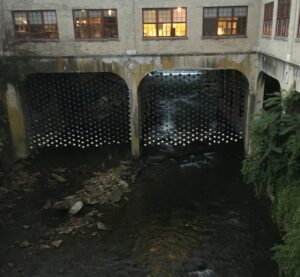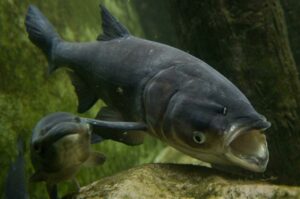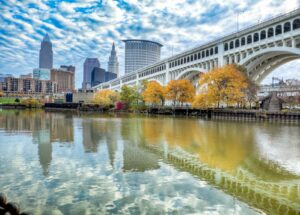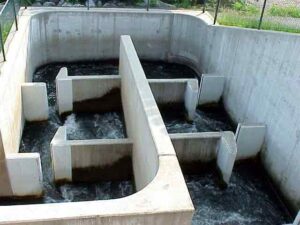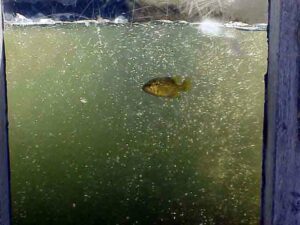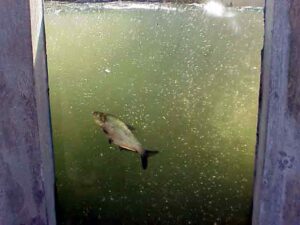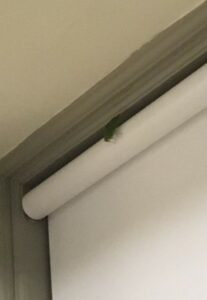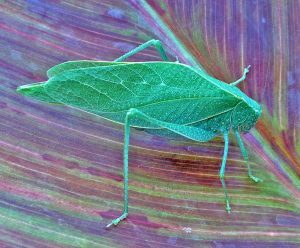
I found an NPR article about how irrigation for farming could lead to many rivers being dried up. For example, many streams in Colorado and Kansas were no longer “functioning”, as in they were all dried up and the only thing there was a dirt path. These waterways get their water partially front groundwater, but farmers have been interfering through irrigation. The deep wells that have been drilled in already pretty dry areas, so when crops are grown there, the land becomes drier. Since it doesn’t rain a lot there, the plants grow by pulling water up through the ground. Farmers also pump water, so much so that the water table as fallen drastically. This has made it so the water cannot flow into the rivers anymore. The article mentions this happening in many other places too, such as California, India, and China. I think this is one example of the relationship between us and rivers. In this case, how our actions affect rivers and how changes in the river can affect us too.
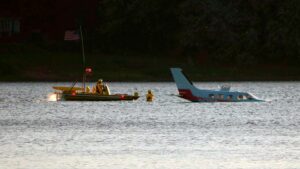 https://www.google.com/amp/s/www.abc27.com/news/local/harrisburg/plane-remains-stuck-in-susquehanna-river-days-after-crash-landing/amp/
https://www.google.com/amp/s/www.abc27.com/news/local/harrisburg/plane-remains-stuck-in-susquehanna-river-days-after-crash-landing/amp/
